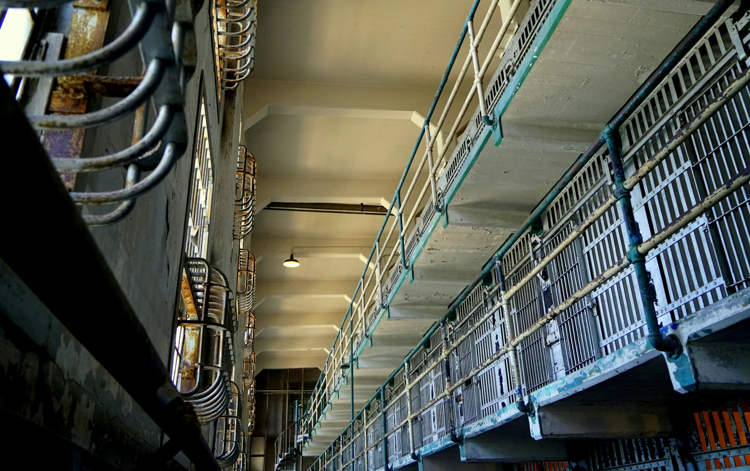Levon Arakelyan was 44 years old in 1985, when his wife asked him to dig a potato storage pit under their house in the village of Arinj, in Armenia’s Kotayk region. He obliged, but after finishing work on the pit, he just couldn’t stop chiselling, so he kept at it every day, for the next 23 years.
A builder by trade, Levon was drawn to the rock the moment he started hammering away at it with a chisel. His wife Tosya, who now runs his underground temple as a tourist attraction, says that he was motivated by a series of visions and dreams in which a mysterious voice told him to keep digging. It said that Levon was going to create a He listened, and worked a whopping 18 hours a day, every day, for 23 years. At first, progress was slow, as he had to chisel his way through solid black basalt, but a few meters below the surface, he reached softer volcanic stone which made his work much easier.

Photo: Levon’s Divine Underground/Facebook
Levon Arakelyan’s amazing underground complex covers an area of 280 square meters, reaches up to 20 meters underground and consists of 7 rooms connected by a network of corridors and staircases carved through sheer rock. The walls are decorated with a variety of artistic carvings, mosaics, sculptures and even a small altar. Looking at it all, it seems almost impossible to believe that he did it all exclusively by hand, with hammer and chisel, shunning any modern tools completely.
“My husband slept 3-4 hours a night, and really put his heart and soul into it, otherwise he could not have accomplished this” Tosya Garibyan told hetq.am.
Over the course of the 23 years that he spent digging his unique underground temple, Levon Arakelyan pulled out an estimated 450 truckloads of rubble, exclusively by metal bucket. He gave it all to a local company which used it in various construction projects.
Levon worked on his magnus opus until the day he died, in 2008, at the age of 67. He succumbed to a heart attack, but his wife believes it was the work and lack of rest that killed him.
“He ruined his health because of this hole,” Tosya told Radio Liberty.
Tosya says that today she feels sad whenever she descends into Levon’s underground temple, because she is reminded that he is no longer with her, but at the same time, she feels a sense of pride in what he has achieved. “I feel proud of what he left to me and to our grandchildren. It’s a gift,” she said.
Levon Arakelyan’s 23-year-project is now the main tourist attraction in Arinj. The first floor of his house is filled with exhibits related to his life’s work, including his tarnished boots, hammers and chisels he used throughout the years, as well as the metal buckets he used to take out the rubble.
Levon and Tosya have four daughters and 12 grandchildren, but according to the builder’s wife, none of them is interested in expanding the underground temple.
Levon Arakelyan’s underground temple is reminiscent of other monumental achievements that we’ve featured over the years, like William Henry ‘Burro’ Schmidt’s 2,087-foot tunnel that he spent 32 years digging through a mountain, the artistically-carved caves of Ra Paulette, or the mountain-side churches carved by Aba Defar.






